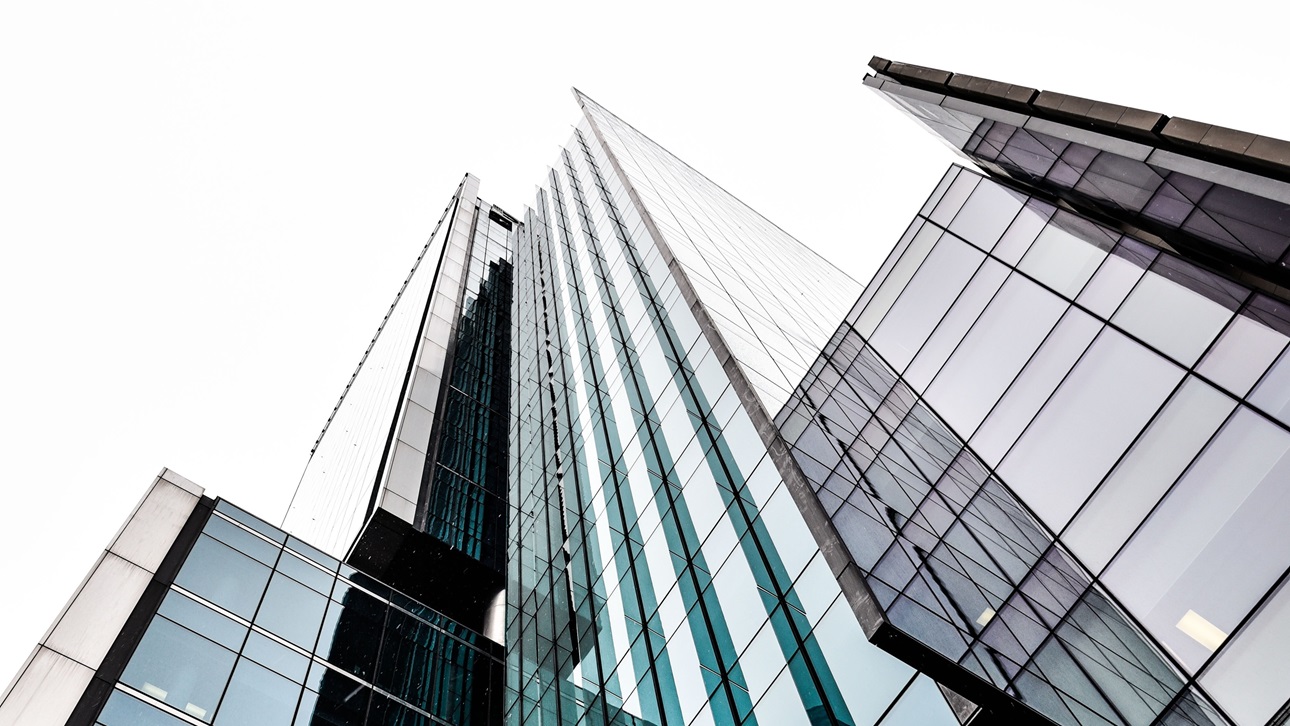San José California: Building Electrification and Renewable Energy

The City of San José approved their ambitious Climate Smart San José plan in 2018 and has already achieved several important plan milestones. Among these accomplishments are the launch of Clean Energy San José and the adoption of a ‘reach code’ that requires all new construction in the city to be all-electric rather than relying on natural gas. Building on this momentum, the City of San José asked ULI to explore how it could best incentivize the adoption of on-site solar and batteries to provide resources to the electricity grid and to support the retrofit of existing buildings to all-electric. Crucially, the recommendations would need to keep the City’s commitment to equity as a central focus. The context for this work is that San José, like the entire Bay Area, is facing a housing crisis. Over 29% of San José homeowners and 53% of San José renters are considered to be housing burdened. The City wants to ensure that low-income residents aren’t subject to increased housing costs as buildings switch to all-electric and on-site clean energy. At the same time, the City is working to make sure that they do reap the benefits of this clean energy transition, which includes better indoor air, safer buildings, savings on power costs, and more jobs.
ULI San Jose built upon the work completed in their Advisory Services Panel by creating graphics detailing the ownership split between a utility and the building owner for an electrical upgrade for both a multifamily building and single-family home. These graphics are available under “Resources”.
The video for this Advisory Services Panel is available to watch here.
Report Summary: The City of San José approved their ambitious Climate Smart San José plan in 2018 and has already achieved several important plan milestones. Among these accomplishments are the launch of Clean Energy San José and the adoption of a ‘reach code’ that requires all new construction in the city to be all-electric rather than relying on natural gas. Building on this momentum, the City of San José asked ULI to explore how it could best incentivize the adoption of on-site solar and batteries to provide resources to the electricity grid and to support the retrofit of existing buildings to all-electric. Crucially, the recommendations would need to keep the City’s commitment to equity as a central focus. The context for this work is that San José, like the entire Bay Area, is facing a housing crisis. Over 29% of San José homeowners and 53% of San José renters are considered to be housing burdened. The City wants to ensure that low-income residents aren’t subject to increased housing costs as buildings switch to all-electric and on-site clean energy. At the same time, the City is working to make sure that they do reap the benefits of this clean energy transition, which includes better indoor air, safer buildings, savings on power costs, and more jobs.
ULI San Jose built upon the work completed in their Advisory Services Panel by creating graphics detailing the ownership split between a utility and the building owner for an electrical upgrade for both a multifamily building and single-family home. These graphics are available under “Resources”.
The video for this Advisory Services Panel is available to watch here.


